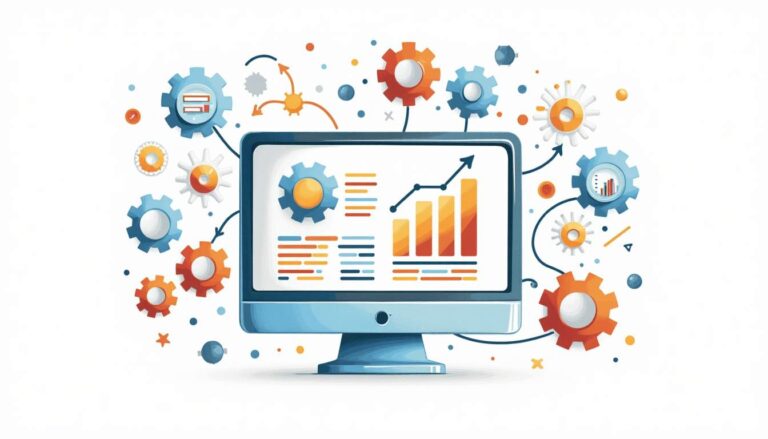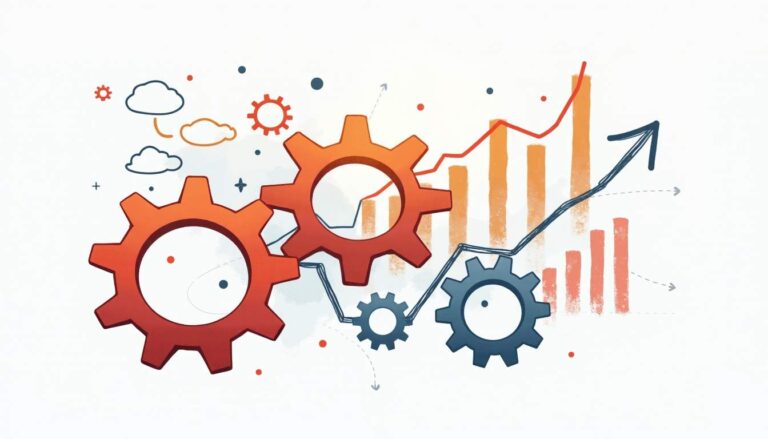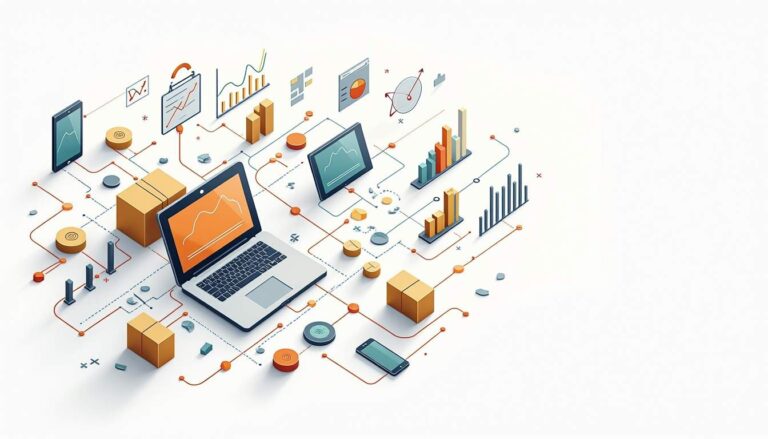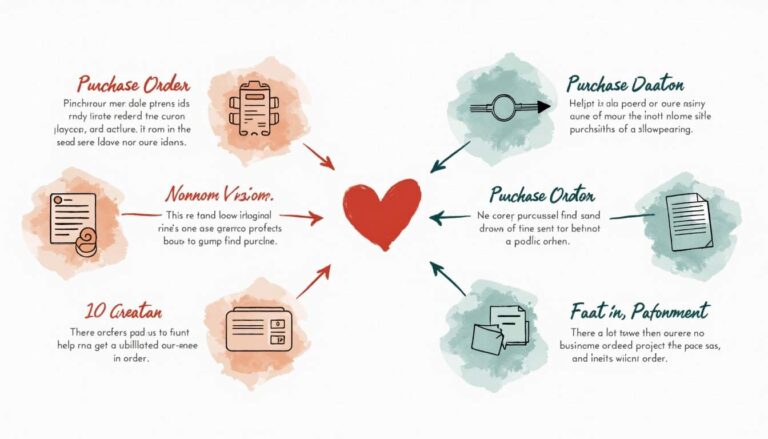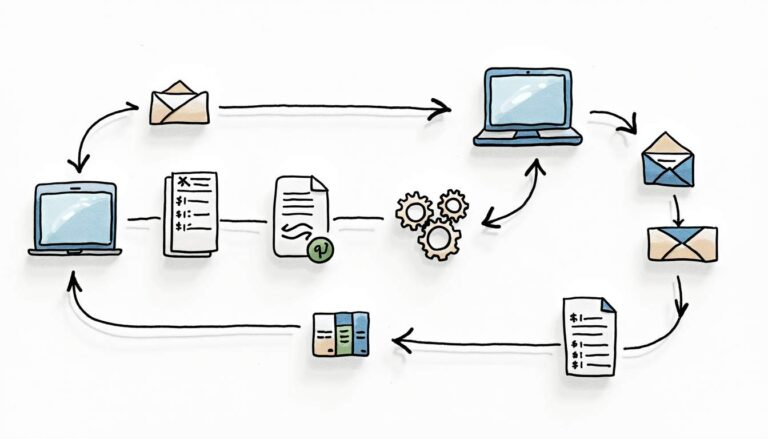In an era where efficiency and transparency are paramount, government procurement software is emerging as a transformative force in the public sector. Traditional methods of purchasing goods and services often involve cumbersome processes that can lead to inefficiencies, delays, and a lack of accountability. However, the advent of specialized procurement software is changing the landscape, streamlining processes, and enhancing the overall effectiveness of public sector buying.
The Need for Change in Public Sector Procurement
Government procurement has long been criticized for its lack of transparency and inefficiency. With budgets under constant scrutiny and the need for accountability at an all-time high, there is a pressing need for reform. Traditional procurement methods often involve lengthy paperwork, manual processes, and a lack of real-time data, making it difficult for agencies to make informed decisions.
Moreover, public sector procurement must navigate a complex web of regulations and compliance requirements. This complexity can lead to delays and increased costs, ultimately impacting the quality of services delivered to citizens. As a result, many agencies are turning to technology to address these challenges. The integration of innovative solutions not only streamlines operations but also aligns with the growing demand for sustainable practices, as agencies seek to minimize waste and maximize value in their procurement strategies.
Challenges of Traditional Procurement
One of the primary challenges of traditional procurement is the time-consuming nature of the process. From drafting requests for proposals (RFPs) to evaluating bids, the entire cycle can take weeks or even months. This not only delays project timelines but also increases the risk of cost overruns. Furthermore, the reliance on outdated systems can exacerbate these issues, as agencies struggle to keep up with evolving market conditions and stakeholder expectations.
Additionally, the lack of transparency can lead to public distrust. When procurement processes are opaque, it raises questions about fairness and accountability. Citizens expect their government to operate with integrity, and any perception of impropriety can undermine public confidence. This erosion of trust can have far-reaching consequences, as it may discourage qualified vendors from participating in future bids, ultimately limiting the pool of available talent and resources for public projects.
The Role of Technology in Modern Procurement
Technology has the potential to revolutionize procurement practices by automating processes, improving data management, and enhancing communication. Government procurement software provides a centralized platform where agencies can manage their purchasing activities more effectively. By utilizing advanced analytics, agencies can gain insights into spending patterns, identify opportunities for cost savings, and make data-driven decisions that align with their strategic goals.
By leveraging cloud-based solutions, public sector organizations can ensure that all stakeholders have access to the same information in real-time. This not only fosters collaboration but also allows for quicker decision-making, ultimately leading to more efficient procurement processes. Moreover, the implementation of e-procurement systems can facilitate better vendor relationships, as suppliers can engage more easily through digital platforms, leading to improved service delivery and innovation in the products offered to the public sector. As agencies embrace these technological advancements, they position themselves to not only meet current demands but also adapt to future challenges in an ever-evolving landscape.
Key Features of Government Procurement Software
Government procurement software comes equipped with a variety of features designed to streamline the purchasing process. These tools can help agencies manage everything from vendor relationships to compliance tracking, making it easier to navigate the complexities of public sector buying.
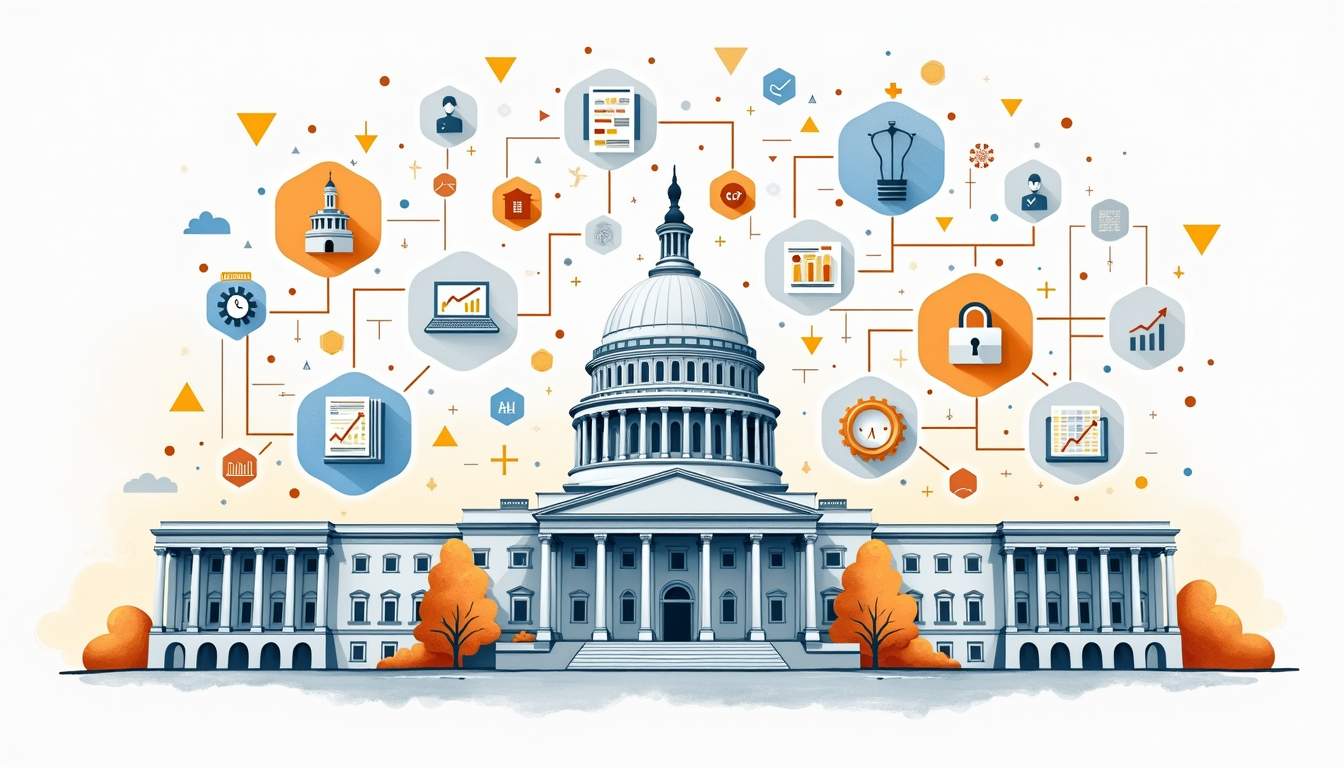
Automated Workflows
One of the standout features of modern procurement software is the ability to automate workflows. By eliminating manual tasks, agencies can reduce errors and save time. For instance, automated approval processes can ensure that requests are reviewed and approved promptly, helping to avoid bottlenecks.
Furthermore, automation allows for better tracking of procurement activities. Agencies can monitor the status of orders, track spending, and generate reports with ease, providing valuable insights into purchasing patterns and budget utilization.
Enhanced Data Analytics
Data analytics is another powerful feature of government procurement software. With the ability to analyze spending data, agencies can identify trends, uncover savings opportunities, and make more informed purchasing decisions. This data-driven approach not only enhances efficiency but also helps to ensure that taxpayer dollars are being spent wisely.
Moreover, advanced analytics can support strategic sourcing initiatives. By understanding market conditions and supplier performance, agencies can negotiate better contracts and foster stronger relationships with vendors.
Improved Supplier Management
Effective supplier management is crucial for successful procurement. Government procurement software often includes tools for evaluating and monitoring supplier performance, ensuring that agencies can make informed decisions when selecting vendors.
By maintaining a centralized database of suppliers, agencies can easily access information about past performance, compliance records, and pricing. This transparency enables agencies to build stronger relationships with reliable suppliers while also identifying potential risks associated with less trustworthy vendors.
The Benefits of Implementing Procurement Software
The implementation of government procurement software offers numerous benefits that extend beyond mere efficiency gains. By adopting these solutions, public sector organizations can enhance transparency, improve accountability, and ultimately deliver better services to citizens.
Increased Transparency
Transparency is a critical component of public sector procurement. Government procurement software enhances transparency by providing a clear audit trail of all purchasing activities. This visibility allows stakeholders to track decisions, monitor spending, and ensure compliance with regulations.
Additionally, many procurement software solutions offer public-facing portals where citizens can view procurement opportunities, contract awards, and spending data. This openness fosters public trust and encourages greater accountability among government agencies.
Cost Savings and Efficiency
Cost savings are often a primary motivator for adopting procurement software. By streamlining processes and reducing manual tasks, agencies can significantly lower administrative costs. Furthermore, enhanced data analytics can lead to better negotiation outcomes, ultimately resulting in lower prices for goods and services.
In addition to direct cost savings, procurement software can help agencies avoid costly delays and inefficiencies. With faster approval processes and improved supplier management, projects can be completed on time and within budget, maximizing the value of taxpayer dollars.
Enhanced Collaboration
Collaboration among stakeholders is essential for successful procurement. Government procurement software facilitates communication between departments, vendors, and other stakeholders, ensuring that everyone is on the same page. This collaborative approach not only improves efficiency but also fosters innovation.
By breaking down silos and encouraging cross-departmental collaboration, agencies can leverage diverse perspectives and expertise. This can lead to more effective procurement strategies and better outcomes for public sector projects.
Case Studies: Success Stories in Government Procurement
Numerous government agencies have successfully implemented procurement software, resulting in significant improvements in their purchasing processes. These case studies serve as valuable examples of how technology can drive positive change in the public sector.
City of San Diego
The City of San Diego adopted a cloud-based procurement solution to streamline its purchasing processes. By automating workflows and improving data management, the city was able to reduce procurement cycle times by 30%. This efficiency gain allowed the city to allocate resources more effectively and deliver services to residents more quickly.
Additionally, the city implemented a public-facing portal that provides citizens with access to procurement opportunities and spending data. This transparency has enhanced public trust and accountability, demonstrating the positive impact of technology on government operations.
State of Virginia
The State of Virginia implemented a comprehensive procurement software solution to improve supplier management and enhance compliance tracking. By centralizing supplier data, the state was able to identify high-performing vendors and negotiate better contracts, resulting in significant cost savings.
Furthermore, the software’s data analytics capabilities allowed the state to uncover spending trends and identify opportunities for strategic sourcing. As a result, Virginia has been able to optimize its procurement processes and deliver better value to taxpayers.
Future Trends in Government Procurement
As technology continues to evolve, the future of government procurement is likely to be shaped by several key trends. These trends will further enhance the effectiveness and efficiency of public sector buying, ensuring that agencies can meet the needs of their constituents.
Artificial Intelligence and Machine Learning
Artificial intelligence (AI) and machine learning are poised to play a significant role in government procurement. These technologies can analyze vast amounts of data to identify patterns and make predictions, enabling agencies to make more informed purchasing decisions.
For example, AI-powered tools can help agencies forecast demand for goods and services, allowing for better inventory management and resource allocation. Additionally, machine learning algorithms can optimize supplier selection by analyzing past performance and market conditions.
Blockchain Technology
Blockchain technology has the potential to revolutionize procurement by enhancing transparency and security. By creating a decentralized and immutable record of transactions, blockchain can help prevent fraud and ensure compliance with regulations.
In the context of government procurement, blockchain can facilitate secure and transparent contract management, allowing agencies to track changes and approvals in real-time. This level of transparency can further enhance public trust and accountability.
Increased Focus on Sustainability
As awareness of environmental issues grows, government procurement is increasingly focusing on sustainability. Agencies are seeking to incorporate green practices into their purchasing processes, prioritizing vendors that demonstrate a commitment to sustainability.
Procurement software can support these initiatives by providing tools for evaluating suppliers based on their environmental performance. By leveraging technology, agencies can make more informed decisions that align with their sustainability goals, ultimately benefiting both the environment and the community.
Conclusion
The revolution in government procurement is well underway, driven by the adoption of specialized software solutions. By streamlining processes, enhancing transparency, and improving supplier management, these tools are transforming the way public sector organizations buy goods and services.
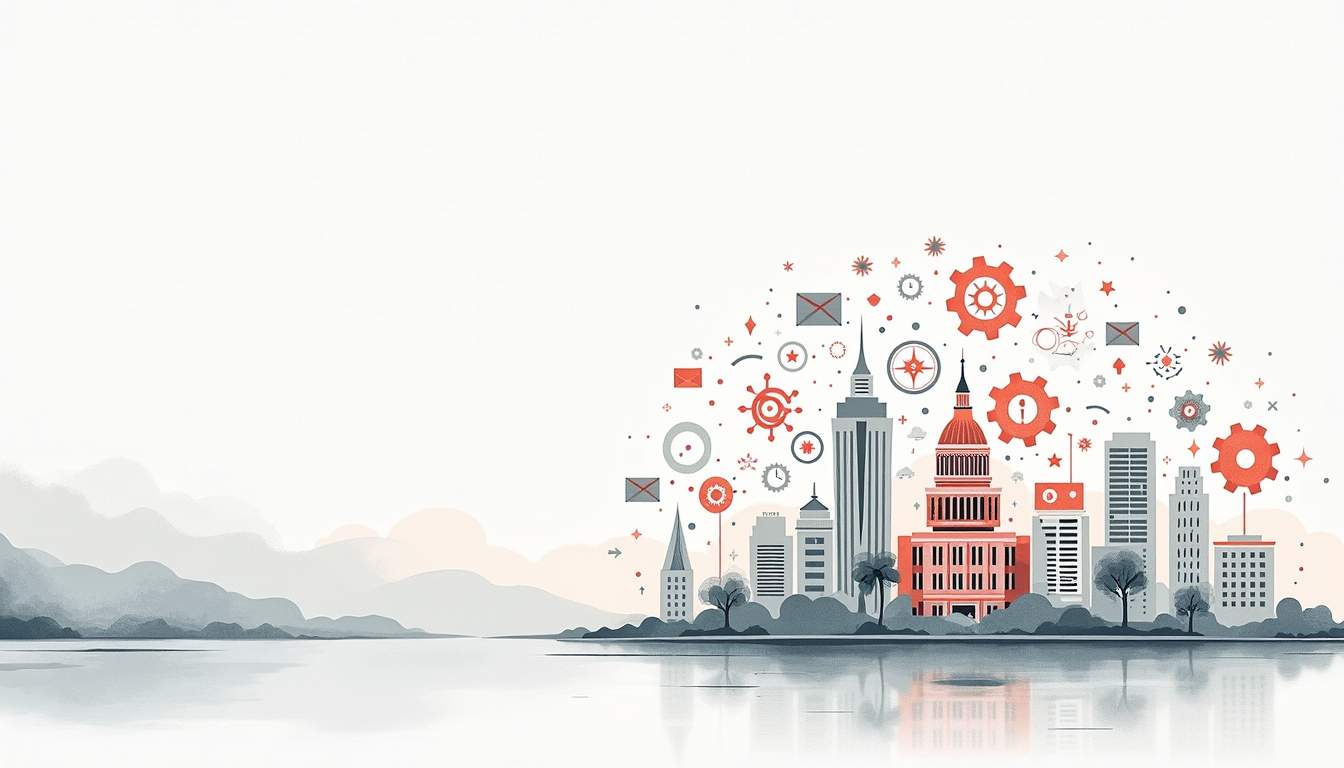
As agencies continue to embrace technology, the benefits of procurement software will only grow. From increased efficiency and cost savings to enhanced collaboration and accountability, the future of public sector buying looks promising. By leveraging the power of technology, government agencies can better serve their constituents and ensure that taxpayer dollars are utilized effectively.
Transform Your Procurement Process with Bellwether
Ready to revolutionize your organization’s purchasing and inventory management? Bellwether’s comprehensive platform is specifically designed to elevate small and mid-size businesses by streamlining procurement processes and providing critical spend analytics. Experience the benefits of automated purchase orders, requisition automation, and AP automation firsthand. Don’t miss the opportunity to enhance your operational efficiency and transparency. Book a demo today and take the first step towards a smarter, more cost-effective procurement strategy with Bellwether.


